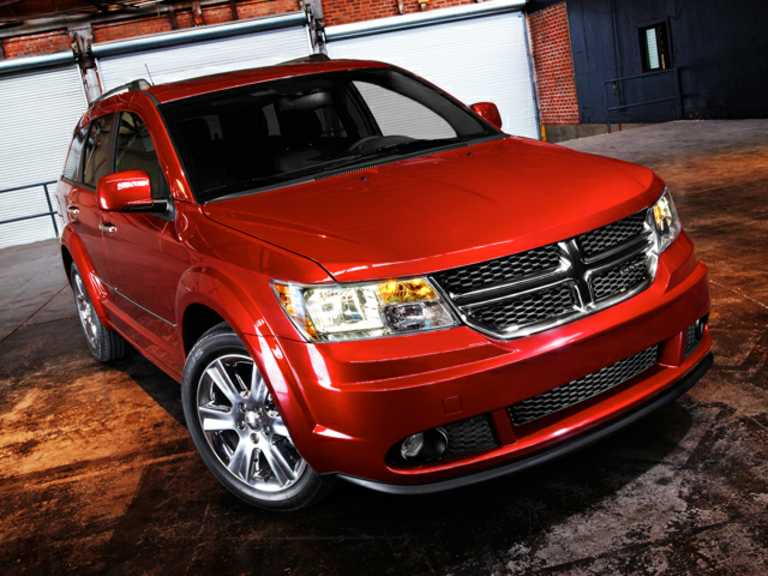You should have no problem finding a brand-new OEM (Original Equipment Manufacturer) battery for a 2020 model car. But a 2013 Dodge Journey battery? They’re still out there, but they might be tricky to find. So you’ve got to know the specs.
What’s the best battery for a 2013 Dodge Journey?
You will want to check your owner’s manual to make sure, but your Journey should have a group size 26 525CCA lead-acid battery. A group size 86 will also fit. Get an OEM battery if you can, but make sure you get the specs right if you can’t.

If you just want to replace your battery, all you need to do is write that down and take it into the auto shop. But if you’re curious as to what the heck all those numbers actually mean, keep reading, and we’ll get right into it.
Battery Group Sizes Explained
Battery group sizes are dictated by the BCI (Battery Council International) as a universal shorthand for their physical dimensions.
Sometimes, a car made in the U.S. will have a battery made in Japan. So if the U.S. is using the English language and measuring in inches, and Japan is using the Japanese language and the metric system, there could be some confusion.
When we’re all using BCI coding, instead, we’re all on the same page.
A group size 26 battery, like you’ll find in a 2013 Dodge Journey, would be 8 3/16 x 6 13/16 x 7 3/4 inches in length, width and height.
If you’re curious about the 525CCA, that means that the battery can produce 525 Cold Cranking Amps. This is a measurement of how the battery performs in cold weather.
Lead-Acid, Lithium-Ion or SLI?
The 2013 Dodge Journey uses a lead-acid battery, which has been the standard in cars for decades. However, in recent years, we’ve seen automakers phasing these batteries out for AGM (Absorbed Glass Mat) batteries.
AGMs function similarly to lead-acid, but with a dry storage approach using fiberglass to absorb the electrolytes. Because these batteries are spill-proof, they can be stored at odd angles and under the seats, and they won’t expire as quickly as lead-acid batteries.
Unfortunately, you can’t replace a lead-acid battery with AGM if your car requires a lead-acid battery. AGM and lead-acid batteries are recharged at different rates, so if you’re looking for a lead-acid battery, you need a lead-acid battery.
Aftermarket vs. OEM: What’s the Difference?

As for a remote control, you can swap out the factory-issued batteries for whatever you like and it won’t matter. Car batteries don’t quite work that way.
The OEM battery is designed specifically to match your vehicle. An aftermarket battery is reverse-engineered based on the OEM battery to match the performance “close enough.”
Minor differences in specs like water content and anode and cathode capacities, over thousands of miles, will typically result in aftermarket batteries burning out much sooner than OEM batteries.
OEM batteries typically come with guaranties from the automaker, and the replacement itself may even be covered by your warranty.
OEM batteries can be a little more expensive, but you can typically expect them to last longer, meaning that the value ultimately comes out in your favor.
Finally, OEM batteries are just easier to shop for. You don’t have to compare brands or read product reviews. You just go to the dealer and ask for a new battery.
If You Must Go Aftermarket…
As your vehicle gets older, it may be harder to find OEM batteries for sale. Your nearest Dodge dealer might have 2013 Journey batteries in stock right now, but will they still have them available next time you need a new battery?
If you don’t have the option of buying an OEM battery, just make sure you get either a group size 26 or 86 lead-acid battery.
Duralast comes highly recommended as an aftermarket battery brand. Still, the very best aftermarket battery is usually the second-best choice for your vehicle.
